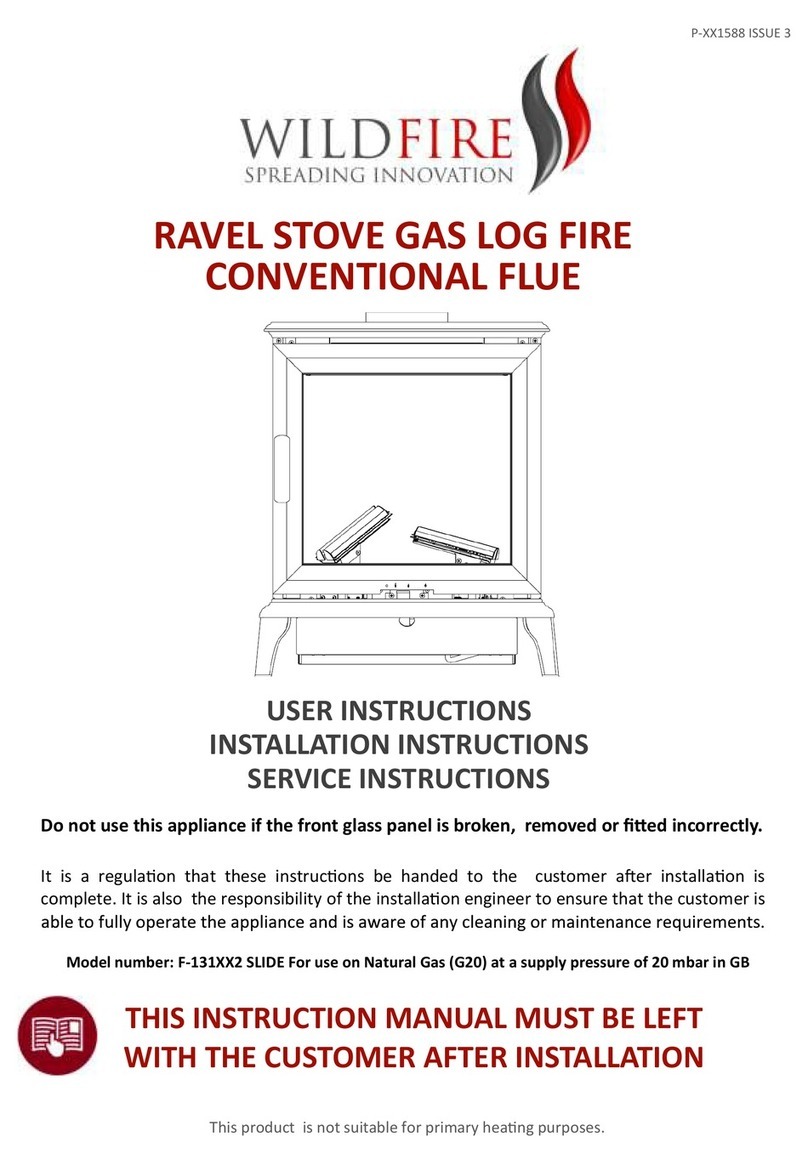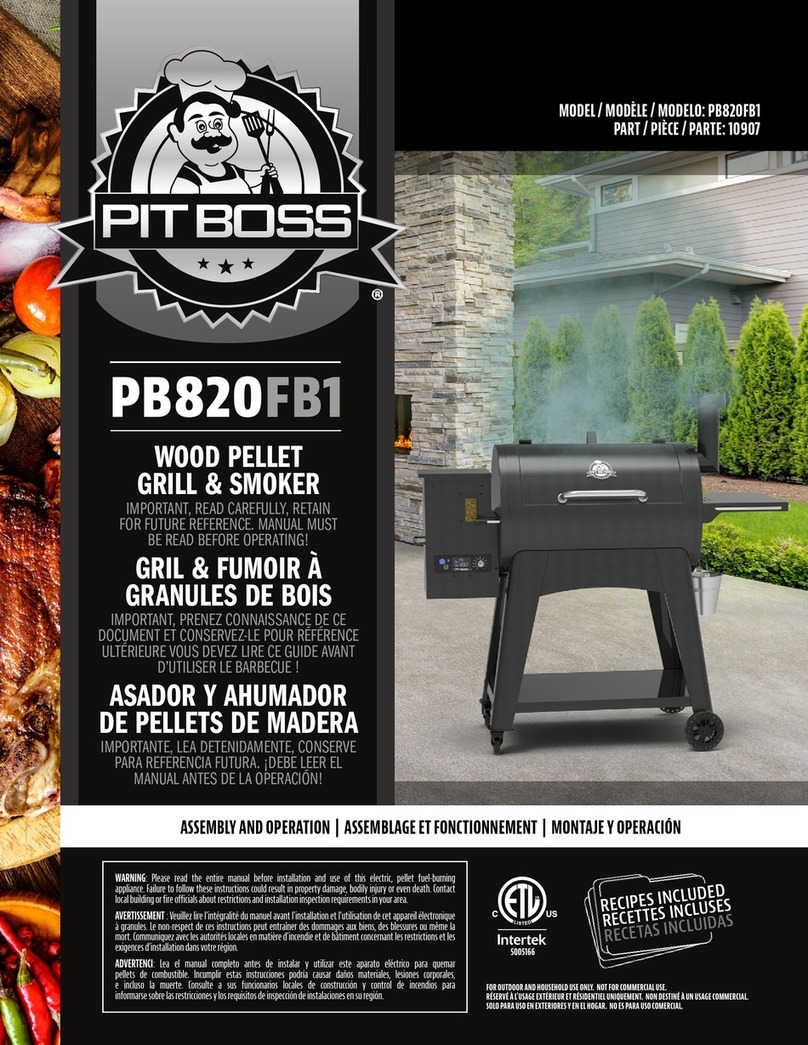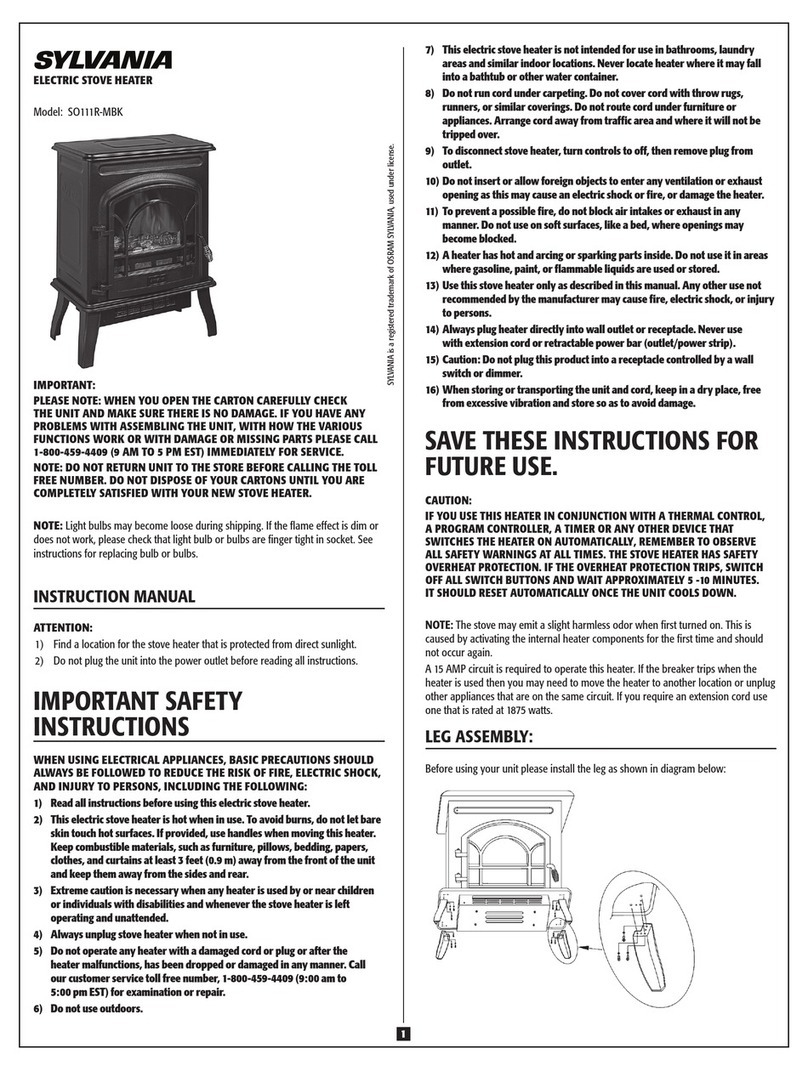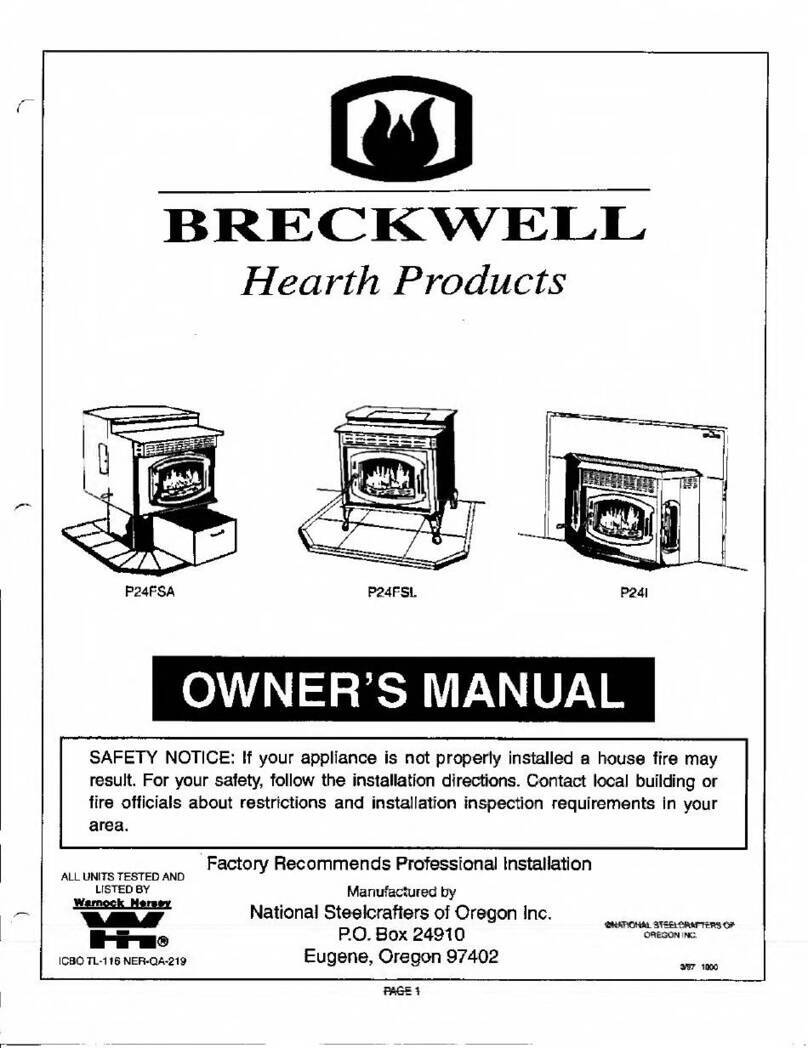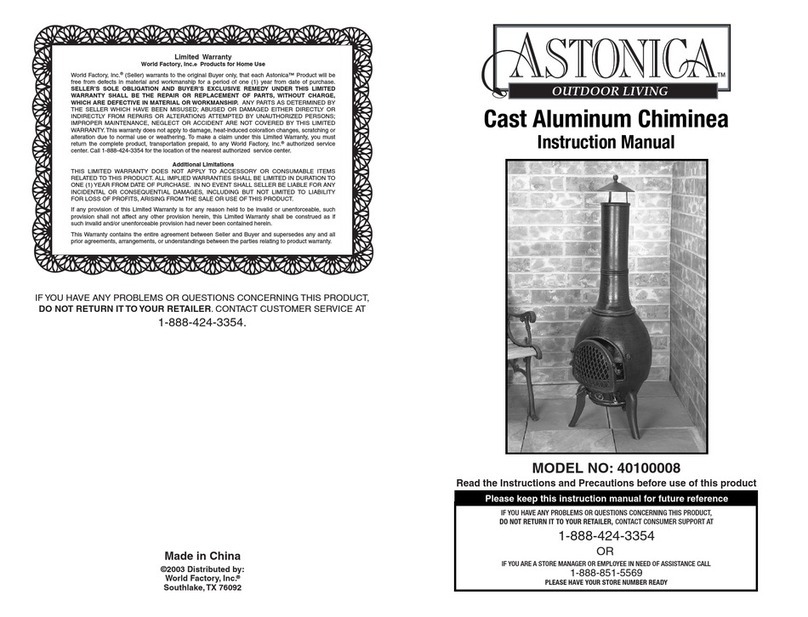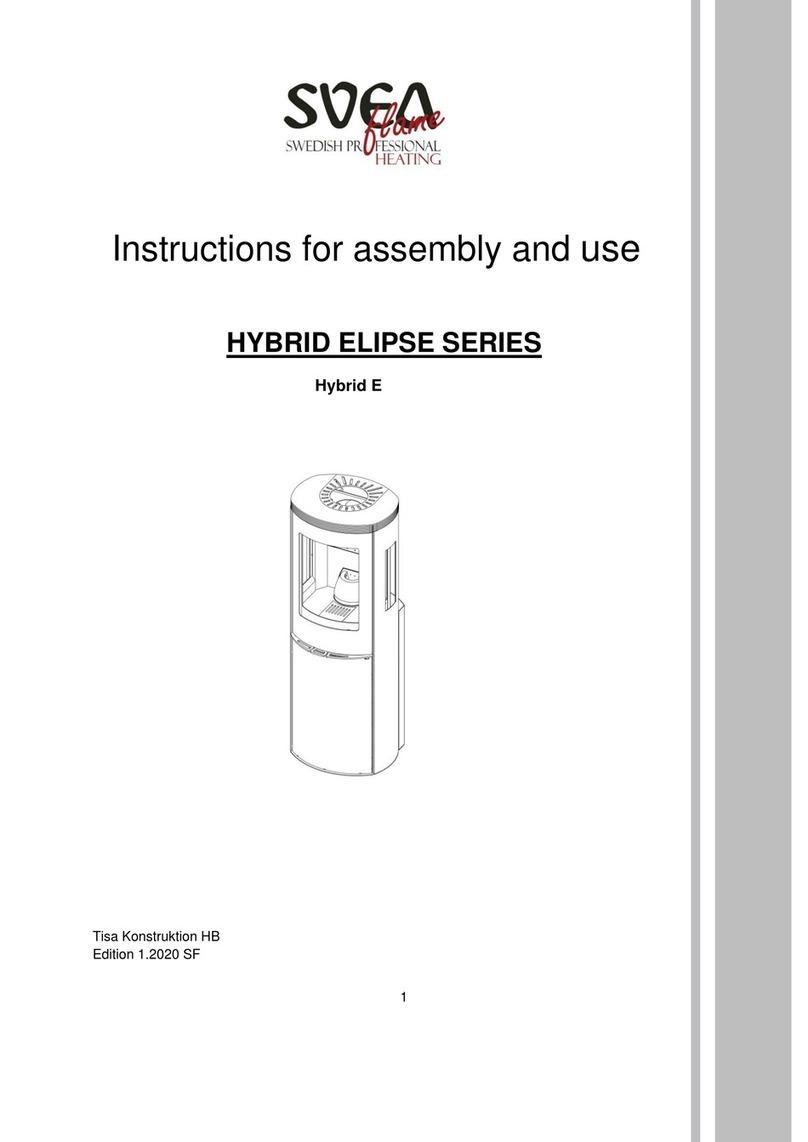
Elipse 1 –Elipse 2 –Elipse 3 –Elipse 4 –Elipse 5 –Elipse 6 –Elipse 7 –Elipse 8
Manufacturor’s assurance
This product has been manufactured in
accordance with the type approval
documentation, of which the instructions for
assembly, use and maintenance form an intrinsic
part.
Planning application
Before commencing a new installation of a stove
and chimney in an area covered by town
planning, you must notify the local planning
authority. The planning and building office in your
local municipality will provide further information.
Inspection
When installation has been completed, it must
always be inspected by a chimney sweep before
the stove is used, irrespective of whether it is
connected to a new or an existing chimney.
Guarantee
Before using your stove, you should read the
terms of the guarantee (see our website),
indicating the requirements that must be met. If
the guarantee undertakings are to apply.
Chimney
The diameter of the flue must be at least 150 mm,,
and we recommend a minimum flue height of 3,5
moires, measured from the stove flue-
connectionpoint. Follow the chimney supplier’s
assembly instructions carefully. If you intend to fit
your stove to an existing masonry chimney, it
should first be inspected by a chimney sweep to
check that it is in good order. The stove can be
connected at 45’’ angle, or at a 90’’ angle, straight-
back with a cleaning door to a chimney approved
for a maximum flue gas temperature of 350C.
Distance to combustible wall
Theminimum distance from a combustible wall
surface is 500 mm at the sides and 100 mm at the
rear (see diagram at page 8). The minimum
distance from furnishings in front of the stove is
1000 mm. If the stove is placed against a masonry
chimney or a firewall installation, the space behind
the stove may be reduced to 50 mm.
Structural support
A stove with a chimney does not normally require
special foundations and can be placed on an
ordinary floor supported by wooden rafters. If you
are uncertain, contact a chimney sweep for
further advice and instructions.
Fireplacebase
The stove must be placed on a fireplacebase
consisting of concrete, natural stone, brick or
glass with a thickness of at least 50 mm, or sheet
metal with a thickness of 0,7 mm. The base must
cover the entire surface under the stove and
extend at least 300 mm in front of the stove and
100 mm at the sides. A fireplace base in sheet
metal or glass is available as an optional extra.
What’s included?
The delivery includes the stove and inserts
for a top or rear connection. Options include
a fireplace base and a connection kit for an
existing chimney. An outside airfeed
connection and a fan are also offered as
optional extras
Enviromental approval
These instructions are also valid for
product-type and enviromental approval
documentation purposes.
Transport
When delivered the baffle plate is
attached with a special glue to provide
from falling or breaking. The glue will
dispensary when the first fire is lit. If you
wish to remove the baffle before that,
perhaps as the chimney sweeper does
the inspection, just use a carpenter’s
knife to carefully loosen the two glue
dots, one on each side of the baffle.

